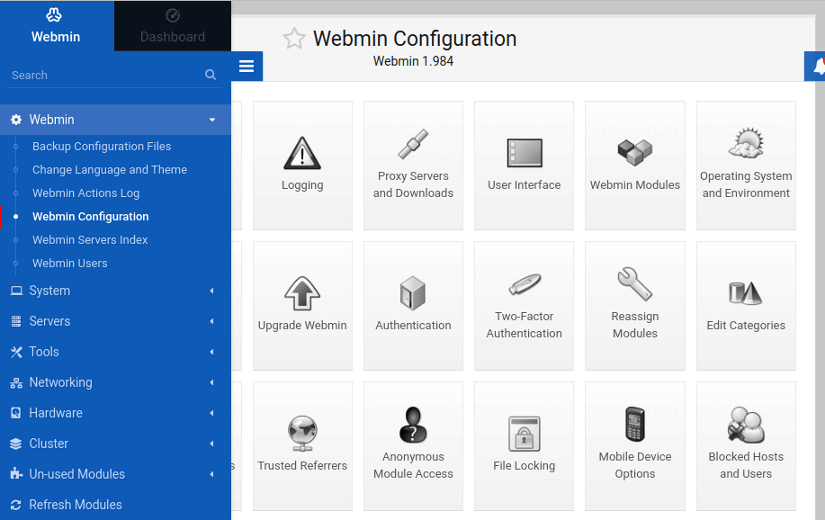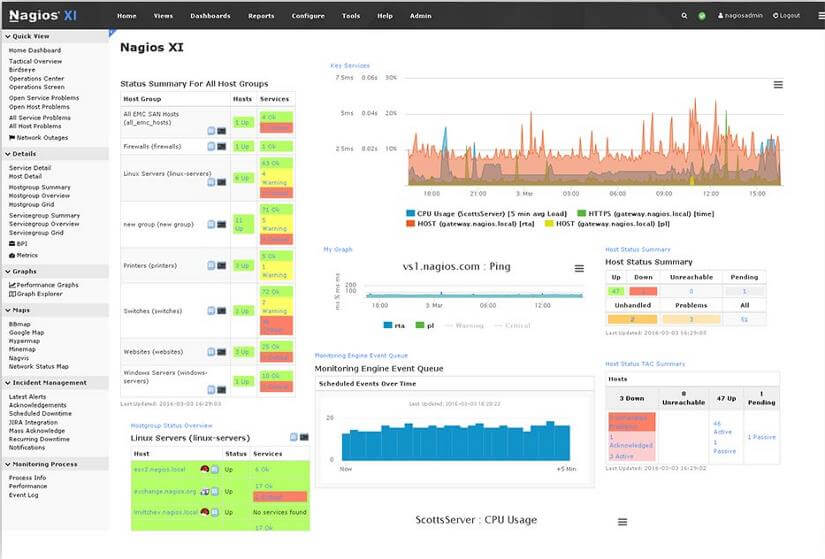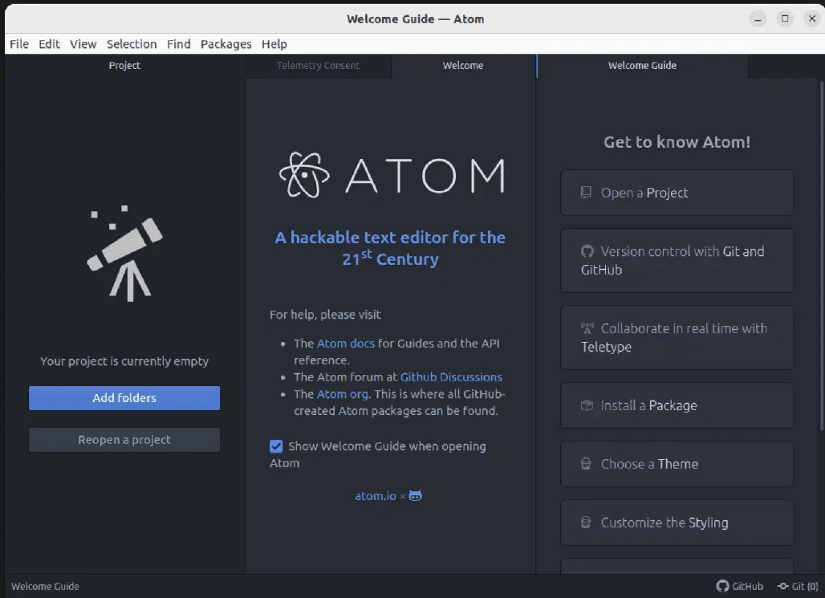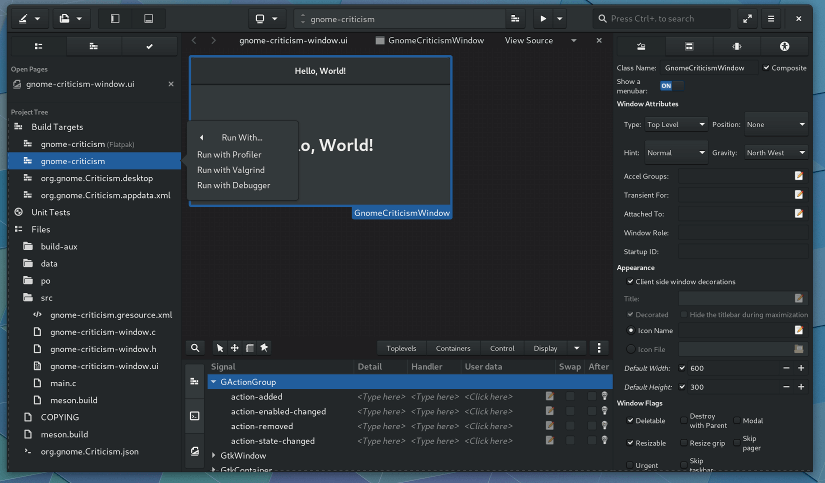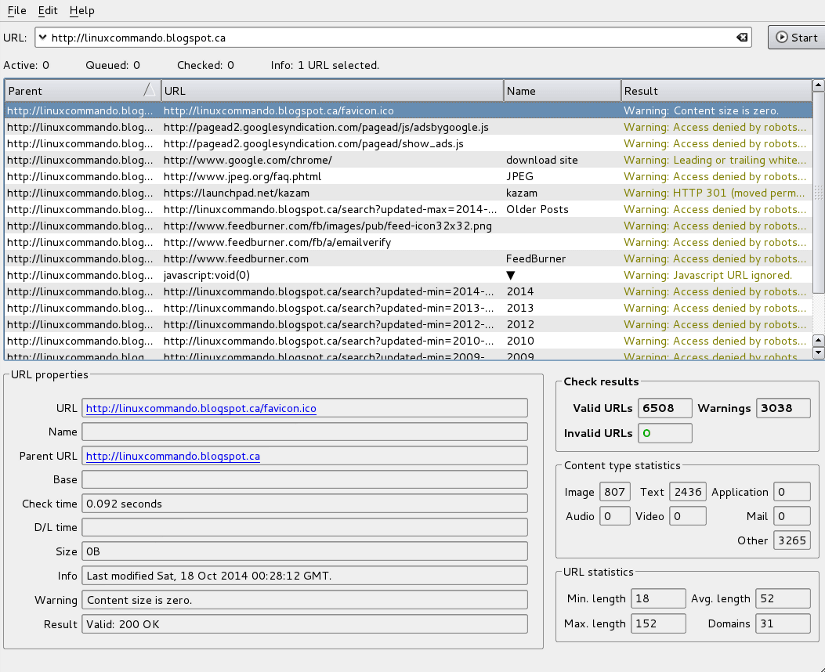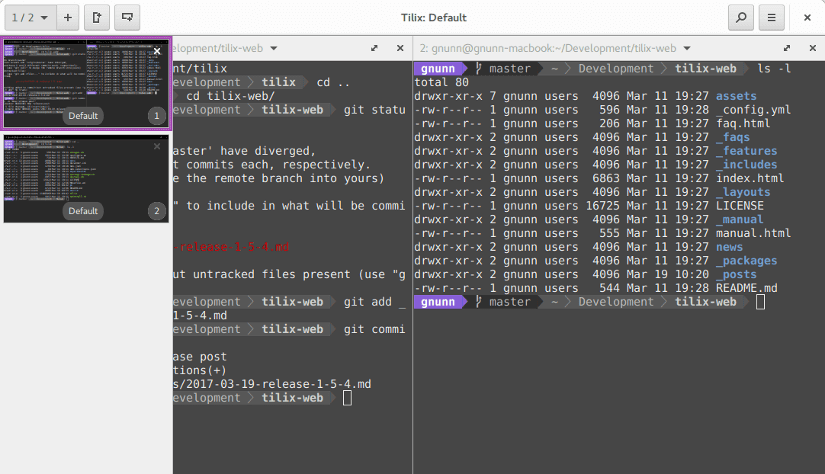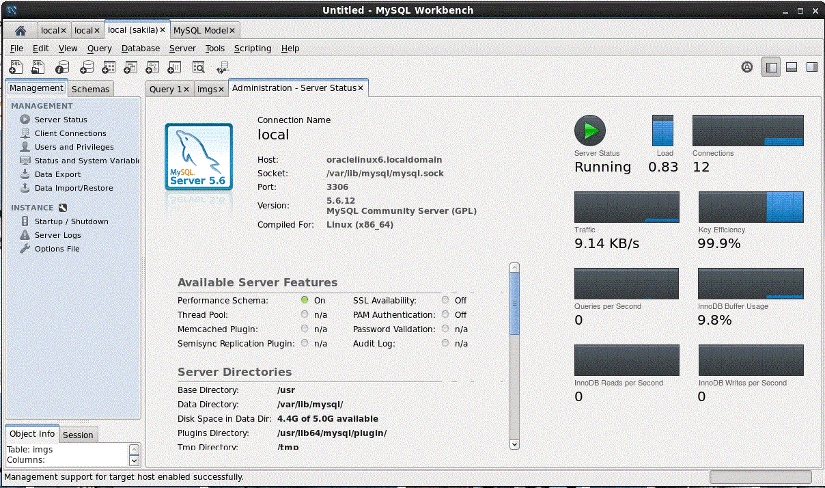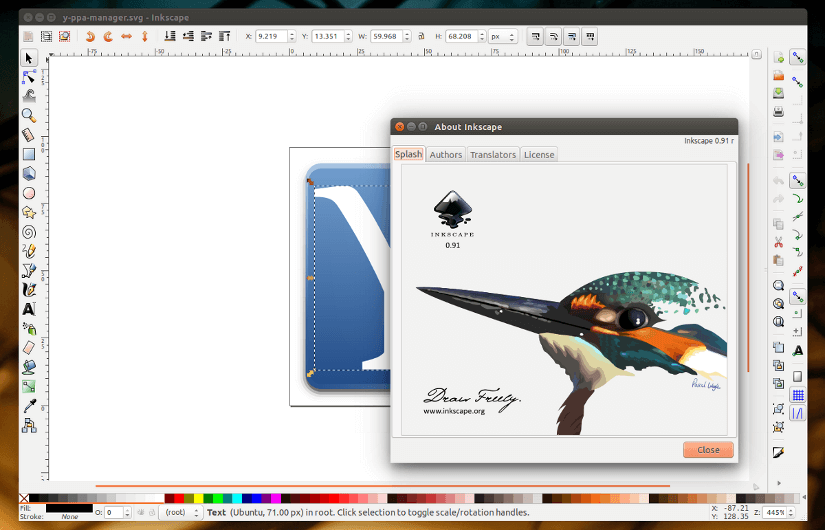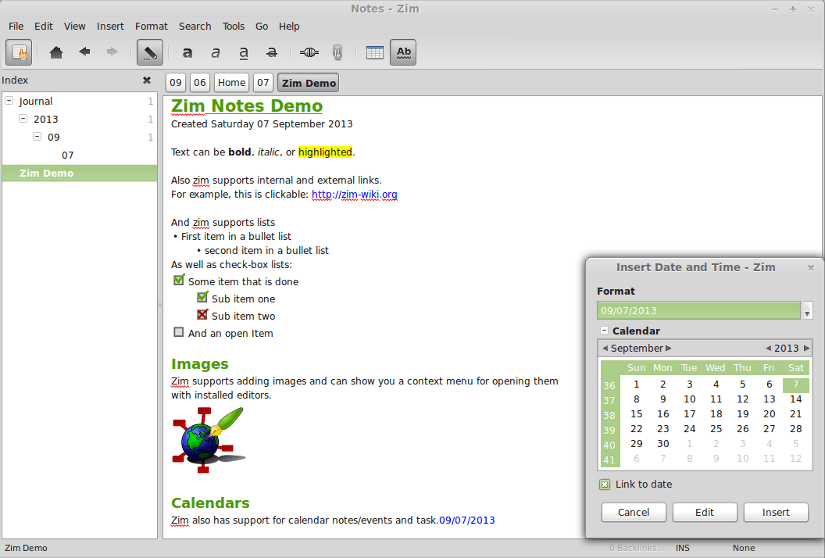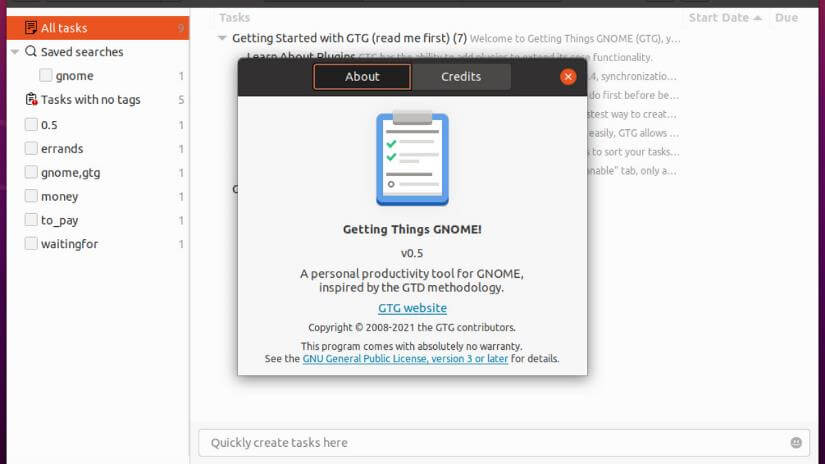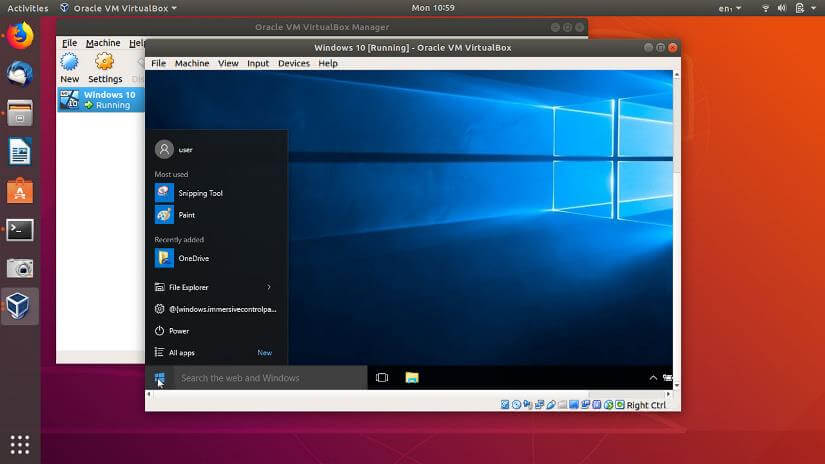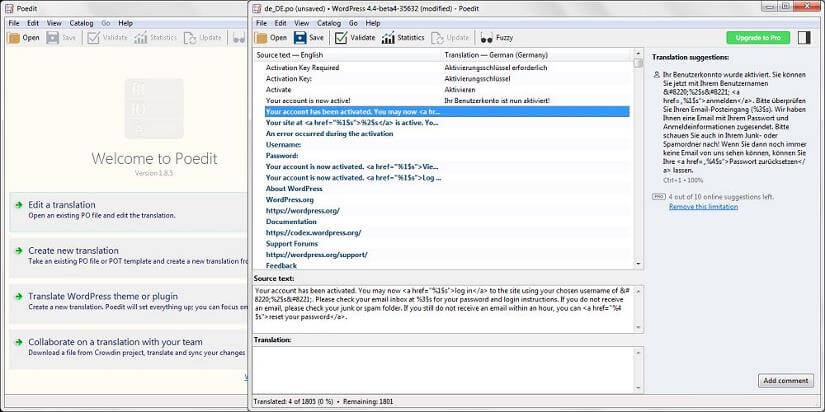FUNDAMENTALS A Complete Guide for Beginners

Developers are the professionals who write computer programs and software applications. They are responsible for creating and maintaining software applications, as well as designing, coding, testing, and debugging software code according to the requirements. Linux is a versatile operating system to offers the best environment to developers for software development. In this article, I will discuss the best Linux apps for developers with their pros and cons.
Why Linux is Best for Developers?
There are many operating systems to use. But for developers, Linux is preferable for the following reasons:
- Open-Source: Linux is an open-source operating system, which means that the source code is available to everyone. This makes it easy for developers to modify and customize the operating system to suit their needs.
- User-friendliness: The terminal in Linux is powerful and flexible, allowing developers to perform various tasks quickly and easily. Developers can use the terminal to install packages, run scripts, and perform system maintenance tasks.
- Language Variety: Linux supports a wide range of programming languages and tools. This includes popular programming languages like C, C++, Java, Python, Ruby, and more.
15 Best Linux Apps for Developers
Here, I have listed the 15 best Linux apps for developers. For choosing these apps, I have considered factors like availability in various distro and customizable user interfaces.
1. Webmin: Web-Based Server Manager
Webmin is a web-based server administration tool that allows developers to manage various aspects of Linux servers through a browser-based interface. Moreover, it can assist developers in configuring operating system internals like users, configuration files, etc., and also modifying and managing open-source applications.
System Requirement for Installing Webmin
To install the HomeBank Application, you have to meet the following requirements:
- Hardware: 2 GB RAM is recommended.
- This application is available for Red Hat Enterprise Linux, Alma, Rocky, Oracle, CentOS Stream, Fedora, Debian, Ubuntu, and Kali distros of Linux.
Installation Process of Webmin
Follow this link to install Webmin on your device.
Reasons to Use Webmin
- Create, edit, and delete Unix accounts and groups on the developer system.
- Manage disk quotas, partitions, and filesystems.
- Install, update, and remove software packages in various formats.
Reasons to Avoid Webmin
It may not be compatible with some custom configurations or scripts you have made on your server outside of Webmin.
2. Ansible: Automation Tool
Ansible is an open-source automation tool for developers. It can configure systems, deploy software, and orchestrate advanced workflows on various platforms, including Linux.
System Requirement for Installing Ansible
To install the Ansible Application, you have to meet the following requirements:
- Hardware: If forks are set to 100, 4 GB of RAM is recommended.
- This application is available for Red Hat Enterprise Linux, Alma, Rocky, Oracle, CentOS Stream, Fedora, Debian, Ubuntu, and Kali distros of Linux.
Installation Process of Ansible
Follow this link to install Ansible on your device.
Reasons to Use Ansible
- Uses a simple and human-readable language called YAML to write automation scripts called playbooks.
- Supports a large number of modules and plugins that can interact with various applications and services.
- Can control where to execute each task based on the hosts in your inventory.
Reasons to Avoid Ansible
It may introduce some security risks if not properly secured with a strong password, encryption, and firewall rules.
3. Nagios: Network Monitoring Tool
Nagios is an open-source monitoring tool that helps system administrators, and developers monitor the status of network services, servers, and devices.
System Requirement for Installing Nagios
To install the Nagios Application, you have to meet the following requirements:
- Hardware: 2 GB RAM is recommended.
- This application is available for CentOS, RedHat Enterprise, Oracle, Debian, Ubuntu LTS, Fedora, SUSE Linux Enterprise Server, OpenSUSE Linux, Slackware Linux, Gentoo Linux, Mandriva Linux, Arch Linux, and Forescout Counter ACT distros of Linux.
Installation Process of Nagios
Follow this link to install Nagios on your device.
Reasons to Use Nagios
- It monitors hosts, services, and network devices.
- Nagios can send notifications via email, SMS, or other methods when problems are detected.
- Has a web interface that makes it easy to configure and manage monitoring tasks.
Reasons to Avoid Nagios
Nagios can only monitor devices and services at set intervals, which means they may not detect problems immediately.
4. Atom: Text Editor
Atom is a popular open-source text editor for Linux that comes with a wide range of features to help developers with their coding tasks.
System Requirement for Installing Atom
To install the Atom Application, you have to meet the following requirements:
- Hardware: 8 GB RAM is recommended.
- This application is available for CentOS, RedHat Enterprise, Oracle, Debian, Ubuntu LTS, Fedora, SUSE Linux Enterprise Server, OpenSUSE Linux, Slackware Linux, Gentoo Linux, Mandriva Linux, Arch Linux, and Forescout CounterACT distros of Linux.
Installation Process of Atom
For Ubuntu, run the following command into the terminal to install Atom on your device:
sudo apt updatesudo apt upgradewget -qO - https://packagecloud.io/AtomEditor/atom/gpgkey | sudo apt-key add -sudo sh -c 'echo "deb [arch=amd64] https://packagecloud.io/AtomEditor/atom/any/ any main" > /etc/apt/sources.list.d/atom.list'sudo apt install atomHowever, you can also follow this link to install Atom on other distros of Linux.
Reasons to Use Atom
- Allows developers to split the editor into multiple panes to work on different files simultaneously.
- Automatically indents code to help maintain consistent formatting.
- Has built-in Git integration, allowing users to manage version control directly within the editor.
Reasons to Avoid Atom
Due to its extensive package system, Atom can consume a lot of memory, which can be a problem if developers are working with large projects or multiple files.
5. GNOME Builder: Integrated Development Environment
GNOME Builder is an Integrated Development Environment(IDE) for the GNOME desktop environment on Linux.
System Requirement for Installing GNOME Builder
To install the GNOME Builder Application, you have to meet the following requirements:
- Hardware: 2 GB RAM is recommended.
- This application is available for Flathub distros of Linux.
Installation Process of GNOME Builder
Follow this link to install GNOME Builder on your device.
Reasons to Use GNOME Builder
- Provides advanced code editing features such as syntax highlighting, auto-indentation, and code completion.
- GNOME Builder provides a project management system that allows developers to easily organize and manage their code.
- Supports a variety of programming languages, including C, C++, JavaScript, Python, and more.
Reasons to Avoid GNOME Builder
While GNOME Builder supports multiple programming languages, it is primarily designed for use with the Vala and C languages. Support for other languages, such as Python or JavaScript, may be limited.
6. Link Checker: Invalid Link Checker
Sometimes It is necessary for the developers to check link whether it is valid or not. The Link Checker app on Linux serves the purpose.
System Requirement for Installing Link Checker
To install the Link Checker Application, you have to meet the following requirements:
- Hardware: 2 GB RAM is recommended.
- This application is available for Debian, Ubuntu, Fedora, Gentoo, Arch Linux, and OpenSUSE distros of Linux.
Installation Process of Link Checker
For Ubuntu, execute the following command into the terminal to install Link Checker on your device:
sudo apt-get updatesudo apt-get install linkcheckerReasons to Use Link Checker
- Detects any broken links on the webpage.
- Generates reports that display the results of the link checking, including the number of broken links found and their locations.
Reasons to Avoid Link Checker
The link checker may identify links as broken when they are actually functioning properly. This can happen if the website being checked has temporary downtime or if the link is blocked by a firewall or other security measure.
7. Tilix: Tiling Terminal Emulator
Tilix is a terminal emulator application for Linux that provides several features to enhance the developers’ terminal experience.
System Requirement for Installing Tilix
To install the Tilix application, you have to meet the following requirements:
- Hardware: 4 GB RAM is recommended.
- This application is available for Debian, Ubuntu, Fedora, Arch Linux, and OpenSUSE distros of Linux.
Installation Process of Tilix
For Ubuntu, execute the following command into the terminal to install Tilix on your device:
sudo apt updatesudo apt-get install tilixHowever, you can also follow this link to install Tilix on other distros of Linux.
Reasons to Use Tilix
- It lets developers save and restore their terminal sessions, including the layout and the working directories of each pane.
- Users can drag files and folders from their file manager directly into the terminal window to execute commands on them.
- Tilix provides developers with several keyboard shortcuts for common tasks, such as switching between panes, resizing panes, and creating new panes.
Reasons to Avoid Tilix
Tilix may not work with all Linux distributions or desktop environments, especially if they use a different terminal emulator by default.
8. MySQL: Work Bench for Database
MySQL is a popular open-source relational database management system that is widely used in Linux systems.
System Requirement for Installing MySQL
To install the MySQL application, you have to meet the following requirements:
- Hardware: 8 GB RAM is recommended.
- This application is available for Ubuntu, Debian, Fedora, CentOS, RedHat Enterprise Linux, and OpenSUSE distros of Linux.
Installation Process of MySQL
Follow this link to install MySQL on your device.
Reasons to Use MySQL
- MySQL is designed to be fast and efficient, and it is optimized for high performance in demanding environments.
- Can be used with a wide range of programming languages and frameworks, making it a versatile tool for developers.
- Relatively easy to set up and use, and it comes with a range of tools and utilities to help manage databases and data.
Reasons to Avoid MySQL
MySQL does not have built-in support for advanced analytics and data processing features like data mining or machine learning.
9. Inkscape: Vector Graphics Editor
Inkscape is an open-source vector graphics editor that is available on Linux.
System Requirement for Installing Inkscape
This application is available for Ubuntu, Debian, Fedora, Arch Linux, and OpenSUSE distros of Linux.
Installing Process of Inkscape
For Ubuntu, run the following command into the terminal to install Inkscape on your device:
sudo add-apt-repository universesudo add-apt-repository ppa:inkscape.dev/stablesudo apt-get updatesudo apt install inkscapeHowever, you can also follow this link to install Inkscape on other distros of Linux.
Reasons to Use Inkscape
- Inkscape is built to support the SVG format, which is a standard for vector graphics on the web. This makes it easy to create images that can be scaled up or down without losing quality.
- Provides a variety of drawing tools, including bezier curves, rectangles, circles, stars, and more. Developers can also use the pencil tool to create freehand drawings.
- Supports layers, which allow developers to organize their designs into separate sections. This makes it easy to work on individual parts of developers’ design without affecting the rest.
Reasons to Avoid Inkscape
Inkscape can be slow to start up and may take some time to render complex designs. This can be especially noticeable on older or less powerful computers.
10. Zim: A Desktop Wiki
Zim is a popular open-source personal wiki application that is available for Linux.
System Requirement for Installing Zim
This application is available for Ubuntu, Debian, Fedora, Arch Linux, and OpenSUSE distros of Linux.
Installation Process of Zim
Follow this link to install Zim on your device.
Reasons to Use Zim
- Allows developers to create and edit notes in a wiki style This means that notes are organized in a hierarchical structure, with pages linking to other pages, and users can easily navigate through the content.
- Supports rich-text editing which means that developers can format text with bold, italic, underlined, or strikethrough style, as well as insert images and links.
- Has a plugin system that allows developers to extend its functionality. There are many plugins available that enable features such as spell-checking, exporting notes to various formats, and integrating with external tools like Git and LaTeX.
Reasons to Avoid Zim
Zim is primarily designed for personal use, so it has limited collaboration features. It does not support real-time collaboration or multi-user editing, which can make it difficult to use for collaborative projects.
11. Getting Things GNOME: Personal todo List
Getting Things GNOME is a free and open-source task manager and organizer for the GNOME desktop environment in Linux. It has a simple and intuitive user interface that allows developers to create, organize, and manage tasks and projects efficiently.
System Requirement for Installing Getting Things GNOME
This application is available for Ubuntu, Debian, Fedora, Arch Linux, and OpenSUSE distros of Linux.
Installation Process of Getting Things GNOME
Follow this link to install Getting Things GNOME on your device.
Reasons to Use Getting Things GNOME
- GTG allows developers to create, edit, and manage tasks Users can add due dates, priorities, tags, and notes to tasks. They can also mark tasks as completed when done.
- Allows developers to organize tasks into projects and subtasks, making it easier to manage complex tasks and projects.
- Provides powerful filtering and searching options, allowing developers to quickly find specific tasks or projects.
Reasons to Avoid Getting Things GNOME
While Getting Things GNOME can sync with online services like Google Tasks and remember the Milk, it does not have built-in integrations with popular productivity tools like Trello or Asana.
12. File Roller: Multi-Format Archive and Compression
File Roller is an archive manager application for Linux that allows developers to manage compressed archives.
System Requirement for Installing File Roller
This application is available for Ubuntu, Debian, Fedora, Arch Linux, and OpenSUSE distros of Linux.
Installation Process of File Roller
For Ubuntu, execute the following command into the terminal to install File Roller on your device:
sudo apt-get updatesudo apt-get install file-rollerReasons to Use File Roller
- Allows developers to create archives in several different formats, including tar, zip, 7z, and more.
- Developers can extract files from archives in various formats, including TAR, TAR, ZIP, 7z, and more.
- Supports encryption for archives, allowing developers to password-protect their files.
Reasons to Avoid File Roller
With Roller Files, developers have limited control over the rotation of log files. Developers can set the parameters for the rotation, but once the rotation starts, it’s automatic and developers can’t intervene.
13. Virtual Box: A Powerful x86 and AMD64/Intel64 Virtualization Product
Virtual Box is a popular open-source virtualization software that allows developers to run multiple operating systems (guests) on a single host machine.
System Requirement for Installing Virtual Box
To install the VirtualBox Application, you have to meet the following requirements:
- Hardware: 4 GB RAM is recommended.
- This application is available for Ubuntu, Debian, Fedora, Arch Linux, and OpenSUSE distros of Linux.
Installation Process of Virtual Box
Follow this link to install Virtual Box on your device.
Reasons to Use Virtual Box
- Virtual Box is a cross-platform virtualization software that works on Linux, Windows, and macOS. This makes it easy for developers to run guest operating systems on different host platforms.
- Easy to install on Linux and is available through most Linux package managers, including APT and YUM.
- Allows developers to set up shared folders between developers’ host and guest operating systems. This can be useful for sharing files and data between the two systems.
Reasons to Avoid Virtual Box
Virtual Box may not perform as well as other virtualization solutions, such as VMware, especially for resource-intensive applications. Because Virtual Box uses software emulation instead of hardware virtualization.
14. Poedit: The Best Editor for Translating gettext PO Files
Poedit is a popular open-source application used for developers to translate gettext catalogs.
System Requirement for Installing Poedit
This application is available for Ubuntu, Debian, Fedora, Arch Linux, and OpenSUSE distros of Linux.
Installation Process of Poedit
Follow this link to install Virtual Poedit on your device.
Reasons to Use Poedit
- Supports multiple file formats, including PO, MO, POT, and POTX files, making it a versatile tool for translating different types of content.
- Comes with a built-in translation memory that helps developers to reuse translation, making the translation process faster and more efficient.
- Integrates seamlessly with external tools such as Git and GitHub, allowing developers to manage their translations more effectively.
Reasons to Avoid Poedit
Limited integration with some Linux-based web development environments, such as PHP frameworks, due to the lack of a command-line interface.
15. AppJS: Desktop Application Developing Tool
AppJS is an open-source platform that allows developers to create desktop applications using web technologies such as HTML, CSS, and JavaScript. You can work with it on multiple platforms, including Linux, Windows, and macOS, and offers a range of features for creating cross-platform desktop applications.
System Requirement for Installing AppJS
To install the AppJS Application, you have to meet the following requirements:
- Hardware: 2 GB RAM is recommended.
- This application is available for Ubuntu, Debian, Fedora, Arch Linux, and OpenSUSE distros of Linux.
Installation Process of AppJS
Follow this link to install AppJS on your device.
Reasons to Use AppJS
- Allows developers to create native windows for their desktop applications, which can be customized using standard web technologies.
- Provides developers access to the local file system, allowing applications to read and write files and folders on the user’s system.
- Provides integration with JS, which allows developers to use Node.js modules in their desktop applications.
Reasons to Avoid AppJS
AppJS has limited support for Linux distribution, and some distributions may not be supported at all. This can make it challenging for developers to create applications that work across all Linux distributions.
Conclusion
In this article, I have discussed the fifteen best Linux apps for developers. By going through this article, I believe that you would be productive enough as a developer.
People Also Ask
What are Linux apps?
Linux apps are software applications or programs that are designed to run on the Linux operating system. These applications can serve a wide range of purposes, from productivity tools and development software to multimedia applications and games.
Is Linux good for web development?
Yes, Linux is an excellent choice for web development, and many web developers prefer using Linux as their primary operating system. The open-source nature, stability, developer-friendly environment, package management, etc contribute to its popularity in the web development community.
Can Linux install Windows apps?
Yes, to run Windows apps in Linux, you must install WinApps on your Linux operating system.
Is Play Store available in Linux?
Yes. Anyway, you must install Android Box(AnnBox) on your Linux operating system to run Android applications into your Linux operating system.
What is the Linux app store called?
The Linux app store is called Snap Store. You can install your necessary apps in the Linux operating system from the snap store.
Are Linux apps free?
Yes. Linux is a free, open-source operating system that provides a vast resource of free apps. It was released under the GNU General Public License (GPL).
